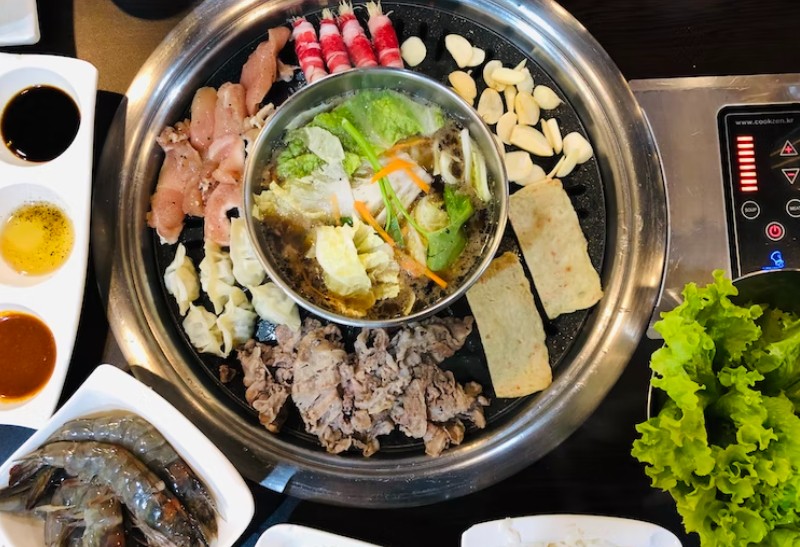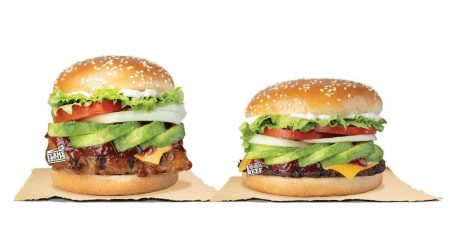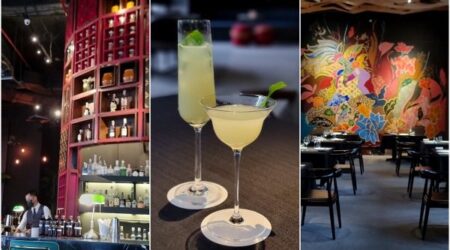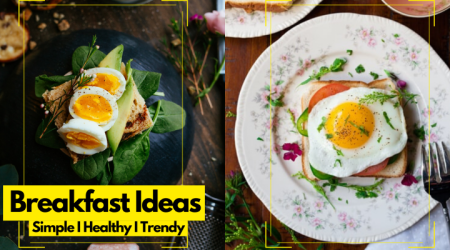No rice or noodles? How to enjoy Asian food on the keto diet in Hong Kong

From instant noodles with satay beef to roast meats on rice, carbohydrates play a key part in the average Hongkonger’s daily meals.
Even outside Hong Kong, rice serves as a common base on which entire Asian dishes are built, from bibimbap and biryani to sushi. Some people even make their love of rice a defining part of their personality.
But rice is also often villanised, particularly with the rising popularity of the keto diet, which eschews carbs and promises quick weight-loss results and better energy levels.
For the average Asian palate, adopting the keto diet possibly means dismantling the foundation upon which many favourite recipes are built.
A quick search for “Asian keto food” presents results like “kung pao chicken” and “moo shu pork” – mostly resources aimed at readers in the West. But how feasible is it to eat little to no rice or noodles in a city like Hong Kong, where carbs are king?
Derived from the word “ketosis”, a metabolic state in which the body produces fat-burning ketones, the keto diet relies on high-fat foods and protein to derive energy instead of from carbohydrates.
The diet has gained popularity – and notoriety – in recent years, thanks to its reputation of being a diet that allows, or even encourages, consumption of high-fat meats like steak and bacon.
If you want to go keto in Hong Kong, it requires more than just opting out of rice and noodles, says Zoe Li Tse Wai, a nutrition coach and personal trainer.
“Condiments like soy sauce and oyster sauce have hidden sugars in them and are regularly used in Chinese cuisine, which could trip over strict keto dieters looking to limit their carbohydrate intake,” she says.
When ordering stir-fried dishes from “two-dish-rice ” stores, keto eaters should watch out for recipes that use corn starch in their sauces, and should stick to steamed egg or vegetables, and meat dishes with less gravy, she suggests.
Hotpot, a favourite during winter, is also a great choice for those who do not want to miss out on social gatherings, she says.
While the meat-and-vegetable-based meal fits into their dietary requirements, they should still look out for soup bases that have sugar in them, such as tomato or mala soup, and if in doubt, stick to clear broth.
The rise of konjac and shirataki noodles – traditionally made from Japanese yams – also provide low-carb options for those who still crave a noodle-based dish.
Although helpful for those transitioning into a low-carb diet, these should be eaten in moderation as they have low nutritional value, Li says.
A typical Chinese family dinner can also be made keto by eliminating corn starch, using low-sugar sauces, and not eating rice.
“Most importantly, stick to eating whole foods,” Li says. “Cantonese double-boiled soups usually use meat or dried seafood and herbs. Meat dishes like lamb stew, steamed fish and stir-fried vegetables are all keto-friendly.”
Lavigne Choy Lok Yi, a personal trainer who maintained a vegetarian keto diet for about six months, says that going keto helped her explore new ingredients she would not use in the past, such as adding hemp seeds in her smoothies.
She has since switched to a low-carb diet and now eats white meat such as fish and chicken to meet her nutritional goals.
She says being a vegetarian keto eater in Hong Kong was challenging as she needed to consume a moderate amount of plant-based protein.
The 30-year-old mostly relied on tofu and tempeh flavoured with different marinades. Although online resources helped her along the way, Choy says that most of them were geared towards a Western palate.
However, she has seen a rise in the number of venues that cater to the vegetarian keto diet.
“I’ve noticed that some restaurants like [vegan chain] Years and its sister chains have been rolling out vegetarian, keto-friendly options, so I will look up such places to eat if I want to dine out with my friends,” Choy says.
Years sells a salad of portobello mushroom, avocado and wild berries, while The Park by Years offers ketogenic okonomiyaki and poke bowls.
Choy also enjoys preparing her own meals and her favourite recipes include a Korean-style pancake, where she chops up her leftover vegetables and mixes them with a batter made of coconut flour.
Her favourite pantry staple is cauliflower rice, which she freezes in batches. She throws in veggies and tofu to make a quick and simple lunch of fried rice.
In recent years, a number of bakeries in Hong Kong have been providing keto-friendly goodies so that those on the diet do not have to miss out on festive treats.
For Lunar New Year, Original Keto Bakery rolled out a low-carb version of radish cake made with almond flour, as well as a traditional sticky rice cake niangao made of psyllium husk flour and coconut milk.
Kaso Kitchen, meanwhile, gave the dumplings typically eaten during Dragon Boat festival a keto-friendly twist, substituting glutinous rice with cauliflower rice.
And with Mid-Autumn festival approaching, many bakeries are tapping into the growing market for keto-friendly mooncakes, releasing everything from traditional egg custard flavours to snowskin matcha pistachio versions.
Gil Chan Wing Yin, co-founder of Eat Matters, a restaurant in Sham Shui Po, was inspired to roll out keto and gluten-free mooncakes so that her diabetic relatives would be able to join in the practice of sharing mooncakes.
“When those with dietary preferences have to watch their loved ones eat without them during festive occasions, they will feel left out,” Chan says.
This is the first year she will be rolling out the box set after spending four months experimenting with different flavours and recipes.
Handmade by Chan and her two assistants, the set of nine includes tea-flavoured molten mooncakes, three savoury pies, and a flavour series inspired by Hong Kong-style desserts such as coconut sago and ginger snow fungus.
Although she is not the first to roll out keto mooncakes, Chan hopes that by offering more options, she can normalise having special dietary requirements and remove negative connotations about inconveniencing others.
“I don’t want only diabetics to enjoy these,” she says. “I want the people around them to enjoy it as well, so they can all celebrate together.”












Leave a Reply